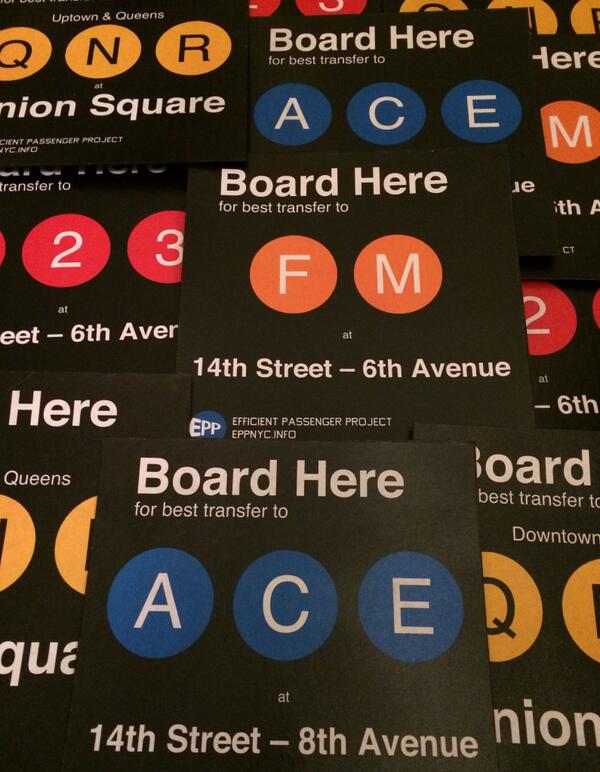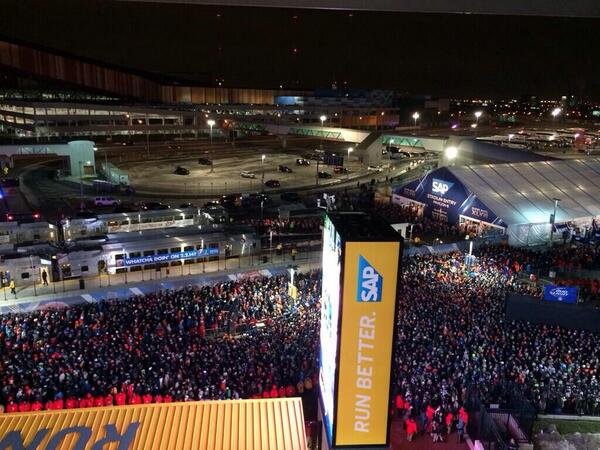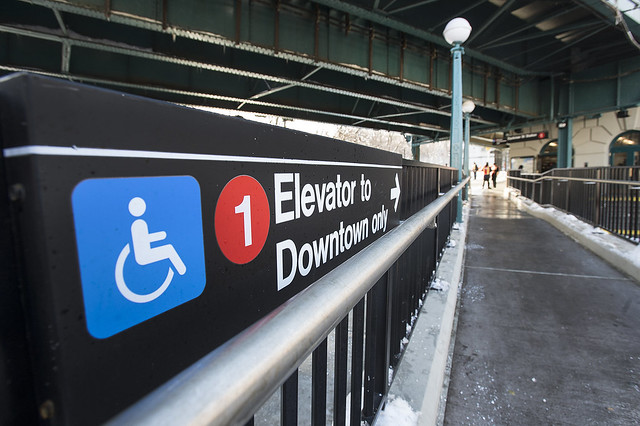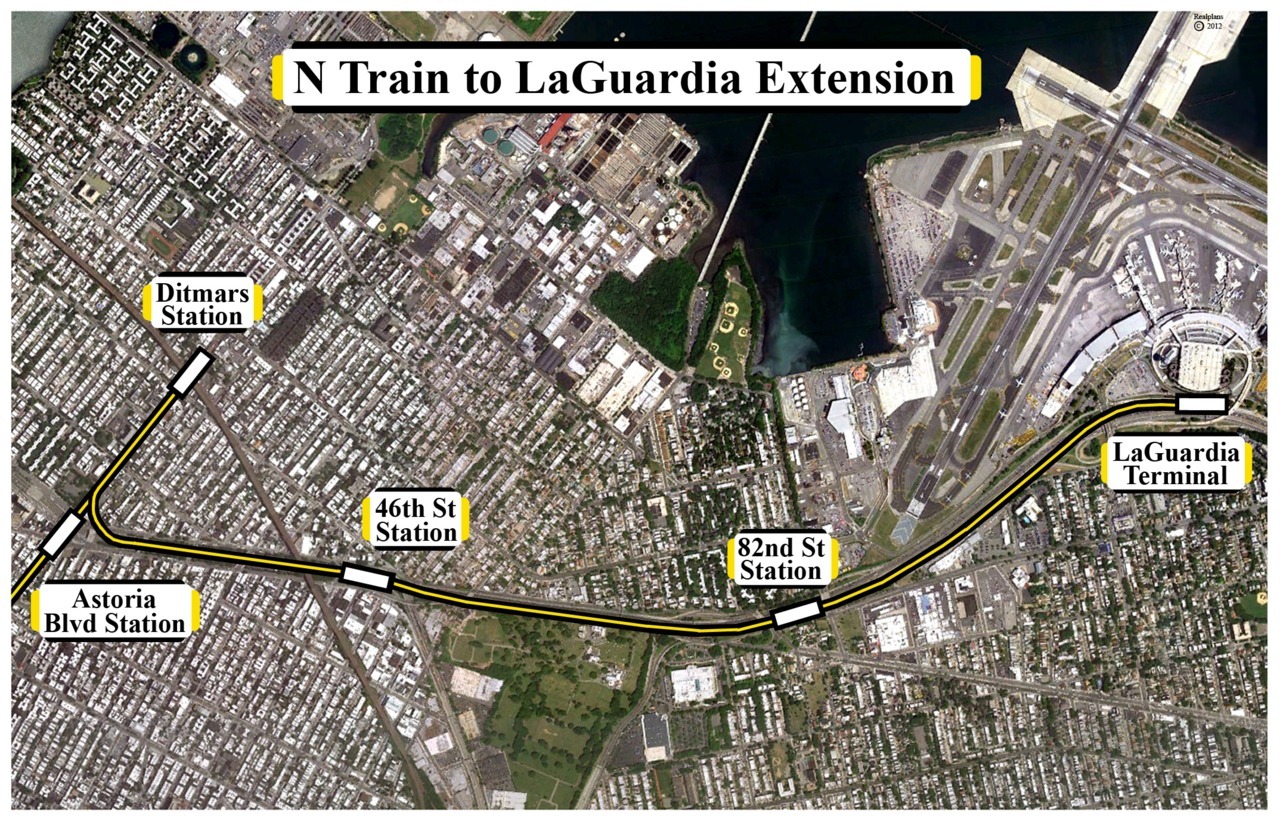 After a week off due to some scheduling conflicts, the one and only Second Ave. Sagas’ podcast “The Next Stop Is…” returns with some island-hopping. Unfortunately, as yet another snow storm bears down on the New York City area, we’re not enjoying some tropical islands; instead, we visit the isles of Manhattan, Staten and Long.
After a week off due to some scheduling conflicts, the one and only Second Ave. Sagas’ podcast “The Next Stop Is…” returns with some island-hopping. Unfortunately, as yet another snow storm bears down on the New York City area, we’re not enjoying some tropical islands; instead, we visit the isles of Manhattan, Staten and Long.
In our chat this week, Eric Brasure and I discuss first the ints and outs of the Verrazano toll relief. Needless to say, it wasn’t my favorite political move of the year. Then, we delve into the bad news out of the East Side Access project. What does it mean for transit expansion if the MTA keeps delivery projects years late and billions over budget? Finally, we can a journey to the light-hearted side of subway travel. A new group is trying to make subway travel easier, but the MTA has other ideas.
This week’s recording is a little shorter than usually, topping out at just over 19 minutes, but that just makes it even more appropriate for your subway ride home this evening. You can grab the podcast right here on iTunes or pull the raw MP3 file. If you enjoy what you hear, subscribe to updates on iTunes as well and consider leaving us a review. If you have any questions you’d like us to tackle, leave ’em in the comments below.
Podcast: Play in new window | Download
Subscribe: RSS

 The Routes Not Taken, Joseph Raskin’s thoroughly detailed an illuminating look at the various unbuilt subway routes that litter New York City history, begins with a simple premise: It is amazing that our subway system, in its present form, flaws and all, exists in the first place. We spend a lot of time imagining fantasy maps, pouring over details from lost and forgotten extensions and trying to catch a glimpse of the past’s future provisions. We never think about how we got to where we are today.
The Routes Not Taken, Joseph Raskin’s thoroughly detailed an illuminating look at the various unbuilt subway routes that litter New York City history, begins with a simple premise: It is amazing that our subway system, in its present form, flaws and all, exists in the first place. We spend a lot of time imagining fantasy maps, pouring over details from lost and forgotten extensions and trying to catch a glimpse of the past’s future provisions. We never think about how we got to where we are today.











